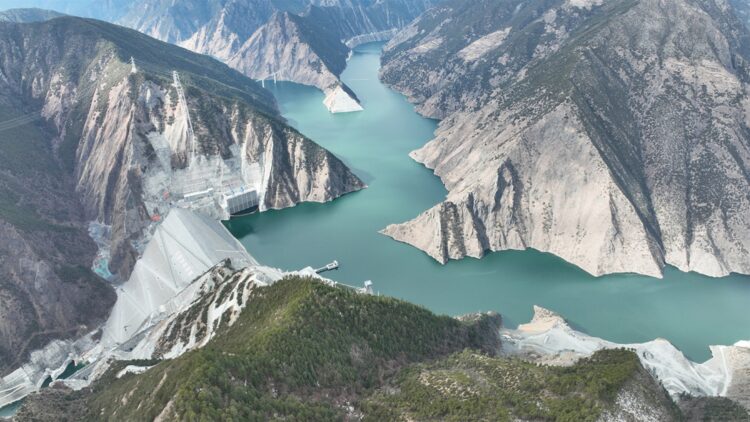New York City has been making fantastic progress in recent years toward a cleaner energy future, specifically wind and water. The concept of generating energy solely through water was possible and a real solution for a better tomorrow.
However, new circumstances, especially in offshore wind power development, indicate that achieving this ambitious goal will be more challenging. One of the most significant and most publicized projects, the Attentive Energy wind farm project, has been put under a significant hold that has left many questioning the future of renewable energy projects in the U.S.
New York’s Ambitious Green Energy Plans Have Faced New Challenges
New York City’s plan to produce power exclusively through water power, hydroelectric, and offshore wind was part of the municipality’s green agenda. The city and its neighboring state aim to tap into the potential of the Atlantic Ocean through large wind farms meant for local and regional electricity needs.
All these measures were seen as necessary to address climate objectives and decrease the dependency on hydrocarbons. Among them, offshore wind farms were regarded as the most potential for generating renewable energy.
The projects, including the Attentive Energy wind farm, were intended to benefit from the favorable wind currents in the region. In this way, New York planned to change this energy into electricity to diversify its energy mix and cut greenhouse gas emissions.
The change was long overdue for a city that has been a pioneer of progressive environmental legislation. However, the industry of these renewable projects has been facing serious challenges occasionally. The first and probably one of the biggest challenges is political risk.
Recently, TotalEnergies, a company heavily invested in the offshore wind sector, stated that it would stop the development of the Attentive Energy wind farm in connection with the possible election of Donald Trump in 2024. The recent announcement by Trump to suspend off-shore wind energy on his first day in office is already causing ripples in the renewable energy market.
The fact that TotalEnergies has put the project on hold is one of the first manifestations of the political risk that the developers are ready to face in the United States. As new administration policies in different countries threaten the implementation of renewable energy projects, firms are unwilling to undertake huge risks.
Although the work could continue under a less destructive president, the unpredictability of future political situations has been the main reason why the long-term planning of renewable power projects in New York and other parts of the world has not been possible.
The Economic and Environmental Consequences of Delayed Renewable Projects
This means that the break in the Attentive Energy project questions money and the environment. The wind farm, planned to generate power of up to 3,000MW, would be regarded as a key development in New York’s energy revolution for producing renewable energy.
The loss of such a project hints at the risks associated with renewable energy strategies that rely on government subsidies. However, wind energy development’s unpredictability could slow New York’s progress toward achieving a lower carbon intensity.
Since it is one of the largest urban places in the US, the city’s energy decisions affect national emission levels. Should any of these renewable projects be delayed or canceled, the city may have no option but to resort to fossil energy or other less sustainable energy sources, thus collapsing the climate agenda.
Looking Ahead: What Will the Future of Renewable Energy in New York Look Like?
Although offshore wind energy development in New York is struggling, the city remains ambitious in its sustainability approach. However, there are political challenges that those who support renewable energy are still pressing for policies to help the clean energy industry grow. The push for green energy is believed to continue once the political climate is favorable again.
New York’s energy future will likely rely on a combination of renewable sources, including solar, wind, and hydroelectric power. While the dream of producing all energy through water may not be realized immediately, the state’s dedication to transitioning to renewable energy is unlikely to fade. The city will continue to explore new opportunities, even as the political landscape remains fluid.
In the meantime, the pause in the Attentive Energy project serves as a stark reminder of the importance of political stability in the push for renewable energy. As the world grapples with the climate crisis, the success of green energy projects will depend on technological advancements and the political will to see them through to fruition.

